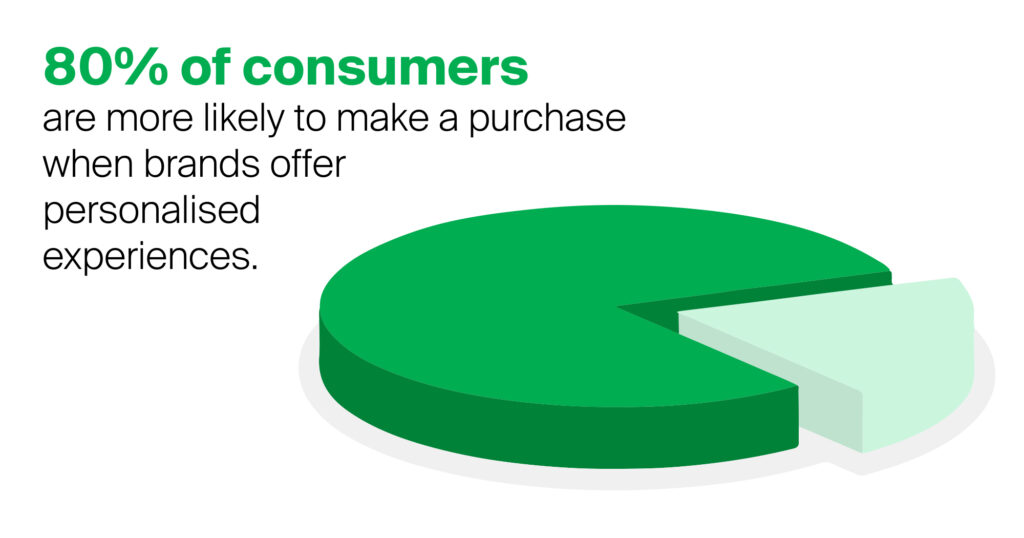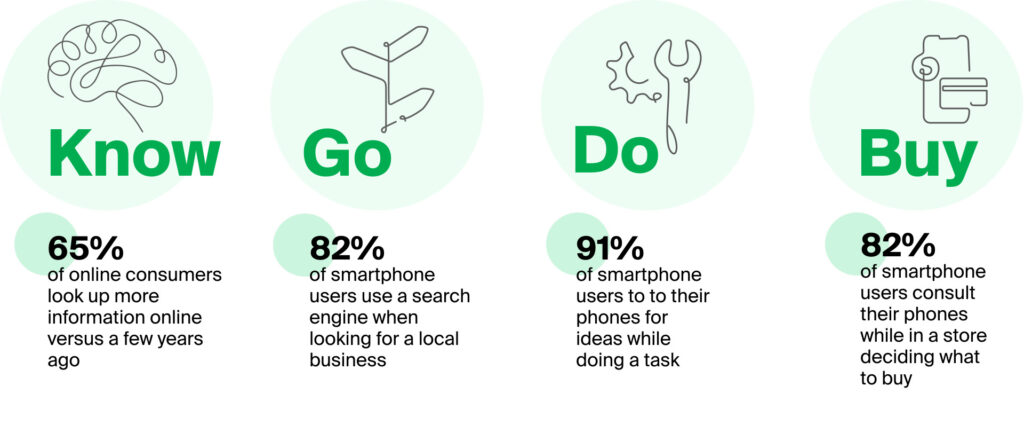Welcome back to our three-part article series on the evolution of the customer journey. In our previous article, we talked about engagement and how focusing on keeping the customer’s interest and offering value in exchange for customer loyalty and data can benefit your business. This time we’re talking about the next step, converting that brand loyalty into revenue by making a sale.
A quick pit-stop before we continue: when it comes to this step of the customer journey, it’s worth making sure that your CPaaS solution is correctly set up to take advantage of the tips offered in this article. You can use it to leverage customer profiles, message your customers on the right channel at the right time and analyse your messaging to see what works and what doesn’t. Conversion in 2022 isn’t going to mean the same thing for every business. Here are a few examples of different types of conversion for different types of products:
- Recurring revenue — you could have a subscription offering like a meal kit box, and conversion there could be purchasing the initial box or continuing to subscribe month after month
- One-time purchases — this is your standard sale of a product, like buying a t-shirt or a train ticket
- Services — this is a little more involved and could be something like hiring an electrician to fix a fault or somebody to install a new stereo in your car
- Booking — if your business works on person-to-person negotiation, you might consider a conversion to be somebody booking a meeting with a salesperson
…and these aren’t comprehensive, just some of the most common types of conversion. The simplest definition here could be that a conversion is when you set up a goal and a customer undertakes action that helps you achieve it.
How have buying habits changed?
Since March 2020, the global pandemic has changed almost every aspect of our lives and especially how we shop. While online shopping was a fast-growing trend before the pandemic, online shopping has exploded, with many countries closing or limiting access to retail locations.
Respondents in a Google study on online shopping preferences revealed said that time-saving” (76%) and “best prices” (65%) are the two biggest advantages of online shopping.
This new obsession with finding the best price for a product has seen a proliferation of websites and services like Voucher Cloud and Honey that are designed to find discount and promo codes.

Brands need to stay on the pulse of these trends as they plan their customer journey and communicate relevant offers in a timely manner to increase their rate of conversion.
Leveraging customer profiles
How can you help your customer along the journey towards a conversion? An excellent way to do this is to use the customer profiles you have built up in the early phases of the customer journey to personalise the way you communicate with your potential customers.
As the above stat shows, personalisation is a huge factor in moving the customer along the customer journey to conversion. Here are a few examples of how you could use personalisation in different types of conversion:
- Complementary purchases — use their purchase history to make recommendations. If they’ve just bought a new mobile phone, recommend your best-selling case. If they’ve bought a printer, use your CPaaS solution to send them an SMS offer on ink cartridges
- Solve a problem — what have they been searching for on your site, or contacting you to enquire about? If they’re talking to your customer service team over Viber about your services, get your sales team to reach out and book in a consultation proactively
- Special Occasions — if they’ve signed up to your website you’ll have a few basic details about your customer, in many cases things like a date of birth. You could use a CPaaS solution, such as GMS’ BCS, to contact them on their birthday with a special unique offer via their preferred messaging channel.
- Limited deals — urgency is a huge element of why people make purchases. If there’s a product you might want to try but availability is very low, then you’re likely to make the purchase without thinking as much about it. You can create urgency by offering limited time deals, for example sending your customer an offer code for a product they were looking at that only lasts 24 hours.
- Cart Abandon — this is one of the most popular techniques in the marketing industry right now, contacting somebody who put a product in their cart but didn’t complete the transaction.
Micro-Moments & the Power of Now
Meeting customer needs at the exact right moment is a sure-fire way to secure a conversion. The majority of online interactions are coming through mobile devices that everyone has on them at all times. Last year we published a blog about leveraging intent-rich mobile interactions, called Micro-Moments, to support your SMS marketing efforts.
Mobile messaging is the perfect tool to use to leverage these Micro-Moments because messaging has something that other comms channels struggle with — intimacy and urgency. When a customer receives an SMS message from you, they’re going to read it in the same app that they use to message their closest friends and family, creating an intimacy between you and the customer. Also, 98% of SMS are opened and read within just three minutes, so if you know that a customer is in the right place, time or frame of mind to be in need of your product or service sending them a mobile message is a great way to convert them.
Micro-Moments and messaging combine together to give you the “Power of Now.” This gives your communications much more urgency than you’d see in other channels, like email for example. It’s pretty well known that less than 20% of emails are even read, let alone clicked through or converted.
Be there quick: tailor your marketing messages to meet these key Micro-Moments:

Geofencing — meet customer needs based on location
We’ve talked a lot about meeting customer needs, and that’s because it’s one of the best ways to nudge your customer towards conversion. There’s no point in offering your customer something they don’t want. One exciting new way to offer something to your customer is based on where they are.
You can use a technology called geofencing to set up a radius around a physical location and then set automated messages to be sent if the customer enters that radius. For example, suppose you own a coffee shop. In that case, you could set up an SMS to be automatically sent if any of your customers enter a 500-metre radius of the shop on a weekday morning, offering them a free pastry with their morning coffee. Who has the willpower to resist a free pastry after all?
You don’t just have to use geofencing to draw a customer to a physical location. You can also use it to offer something relevant to an activity that your customer is taking part in. For example, if you’re a publisher, you could set up an alert around a major train station to advertise a new eBook — “going on a long journey? Here’s the latest mystery thriller from…”
Let’s get analytical
In part one we talked about the value of reviewing performance and A/B testing when trying to build engagement, and it’s also something you should be doing with your conversion campaigns. In fact, it’s imperative that you analyse how well your marketing messages have performed and adapt your approach accordingly.
You can use A/B testing here too, to great effect. Looking back at the example from part one, we talked there about offering half of your audience a 50% off coupon and the other half a coupon for buy-one-get-one-free. Seeing how many people open and click on each coupon code will help you tailor your offers for engagement, but also seeing what percentage uses each coupon will let you know which offers are more enticing. Don’t be afraid to test more than two options, especially early in launching new offers or initiatives.
Next time…
So now you know several tips, tricks, and methods to nudge customers towards conversion, your next step after that is making sure you retain the customer for repeat purchases long term. I’ll get into this and more in the next article in this series.

